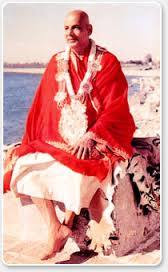'Talks with Sri Ramana Maharishi' -3.

3. -Talks No -643. What is the true meaning of renunciation? Subjugation of lust, passion, greed, etc., is common to all and forms the essential preliminary step for any course. Does not freedom from passions indicate renunciation? Or is renunciation different, meaning cessation of the active life? These questions are troubling me and I beg lights to be thrown on those doubts.” Bhagavan smiled and said: “You have said all. Your question contains the answer also. Freedom from passions is the essential requisite. When that is accomplished all else is accomplished.” Talks No- 425 Devotee .: Is success not dependent on Guru's Grace? Maharishi .: Yes, it is. Is not your practice itself due to such Grace? The fruits are the result of the practice and follow it automatically. There is a stanza in 'Kaivalya' which says, "O Guru! You have been always with me watching me through several reincarnations, and ordaining my course until I was liberated." The Self manifests e...























